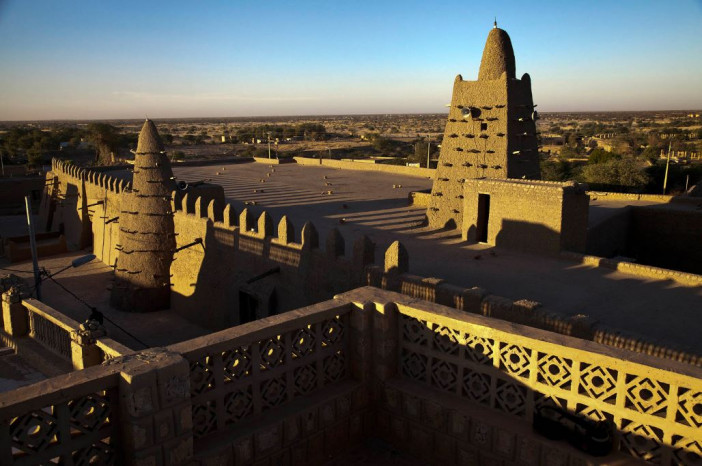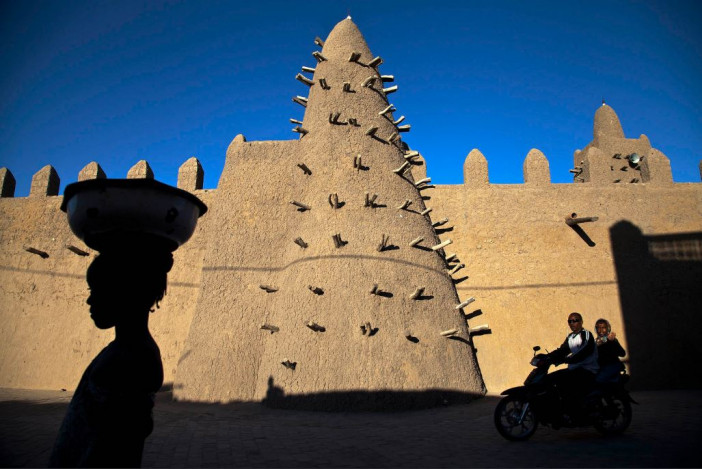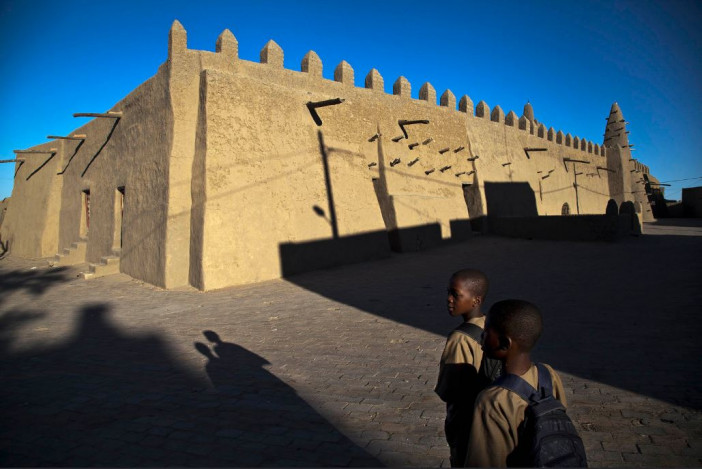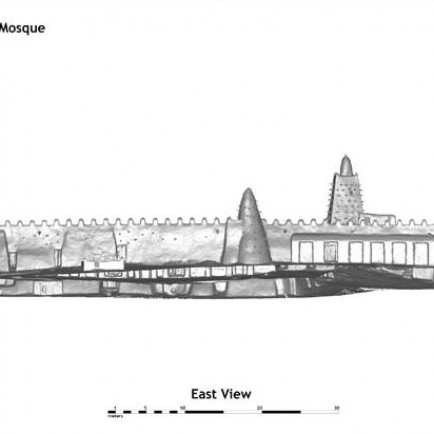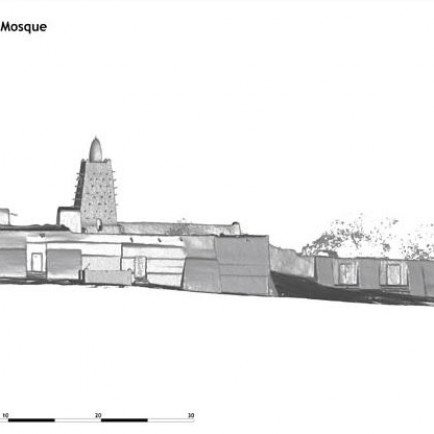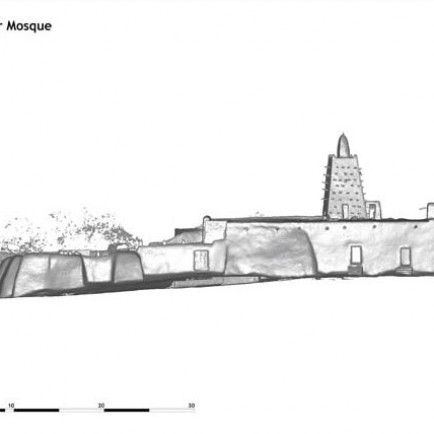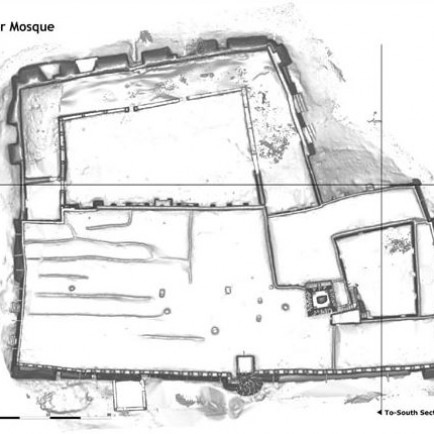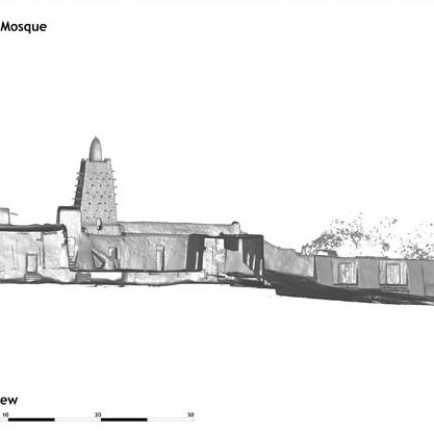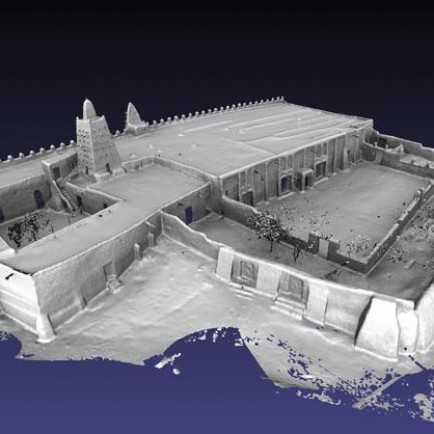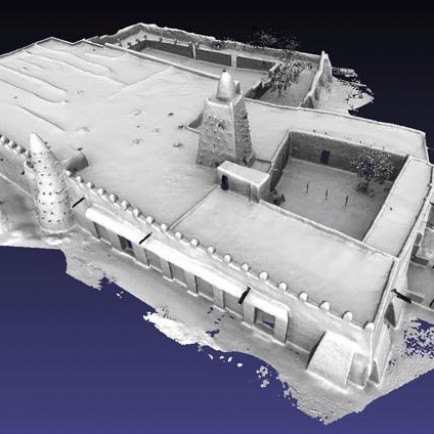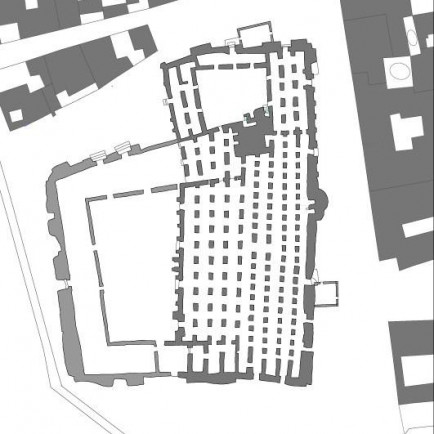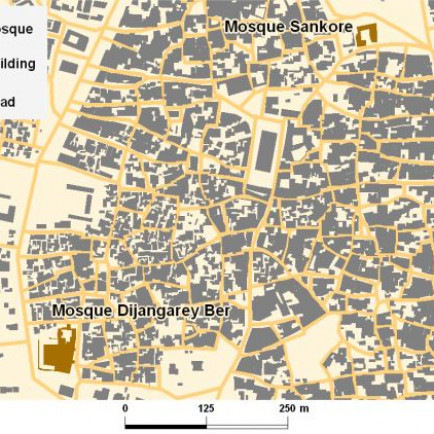Djingarey Mosque
History
During the 14th century AD, the town prospered and the Djinguereber and Sankoré mosques were constructed during the reign of Kankan Moussa, the ruler of Mali. An Andalusian architect, Abu Ishaq as-Saheli, was imported to design and oversee the building of the mosques. The Empire of Mali collapsed in 1433, and in 1468 Timbuktu was incorporated into the Songhay Empire. It flourished through the 16th century AD, during the reign of the Songhay Askia Dynasty. In the early 1500s, Leo Africanus visited Timbuktu and recorded that the city was very wealthy. Evidently books and manuscripts imported from North Africa were the most profitable commodity. The libraries containing these manuscripts still exist and are a most treasured heritage. In the 1570s the Djinguereber and Sankoré mosques were rebuilt and enlarged, and the University of Sankoré had thousands of students. In 1591 a Moroccan army displaced the Songhay and many leading Muslim scholars were exiled from Timbuktu. It is not clear how the city fared after the Moroccans withdrew, leaving only a small garrison behind. In the ensuing centuries several Europeans endeavoured to reach the fabled Timbuktu, but perished in the attempt. In 1828 the European explorer René Caillié reached Timbuktu, and to his disappointment found a diminished and dusty town. The trans-Saharan gold trade had collapsed, with most of the gold mined further south being exported from Ghana’s coastal ports. Djinguereber mosque This mosque was built in 1327 and renovated and enlarged in the 1570s. It was an important scholarly centre in the Mali Empire.
Urban and Architectural
Sudano-Sahelian architecture
Description
Details
Location
Unnamed Road, Tombouctou, Mali
Architect Name
Abu Ishaq as-Saheli
Year of Build
1327
Drawings
Map
History
During the 14th century AD, the town prospered and the Djinguereber and Sankoré mosques were constructed during the reign of Kankan Moussa, the ruler of Mali. An Andalusian architect, Abu Ishaq as-Saheli, was imported to design and oversee the building of the mosques. The Empire of Mali collapsed in 1433, and in 1468 Timbuktu was incorporated into the Songhay Empire. It flourished through the 16th century AD, during the reign of the Songhay Askia Dynasty. In the early 1500s, Leo Africanus visited Timbuktu and recorded that the city was very wealthy. Evidently books and manuscripts imported from North Africa were the most profitable commodity. The libraries containing these manuscripts still exist and are a most treasured heritage. In the 1570s the Djinguereber and Sankoré mosques were rebuilt and enlarged, and the University of Sankoré had thousands of students. In 1591 a Moroccan army displaced the Songhay and many leading Muslim scholars were exiled from Timbuktu. It is not clear how the city fared after the Moroccans withdrew, leaving only a small garrison behind. In the ensuing centuries several Europeans endeavoured to reach the fabled Timbuktu, but perished in the attempt. In 1828 the European explorer René Caillié reached Timbuktu, and to his disappointment found a diminished and dusty town. The trans-Saharan gold trade had collapsed, with most of the gold mined further south being exported from Ghana’s coastal ports. Djinguereber mosque This mosque was built in 1327 and renovated and enlarged in the 1570s. It was an important scholarly centre in the Mali Empire.
Urban and Architectural
Sudano-Sahelian architecture
Description


